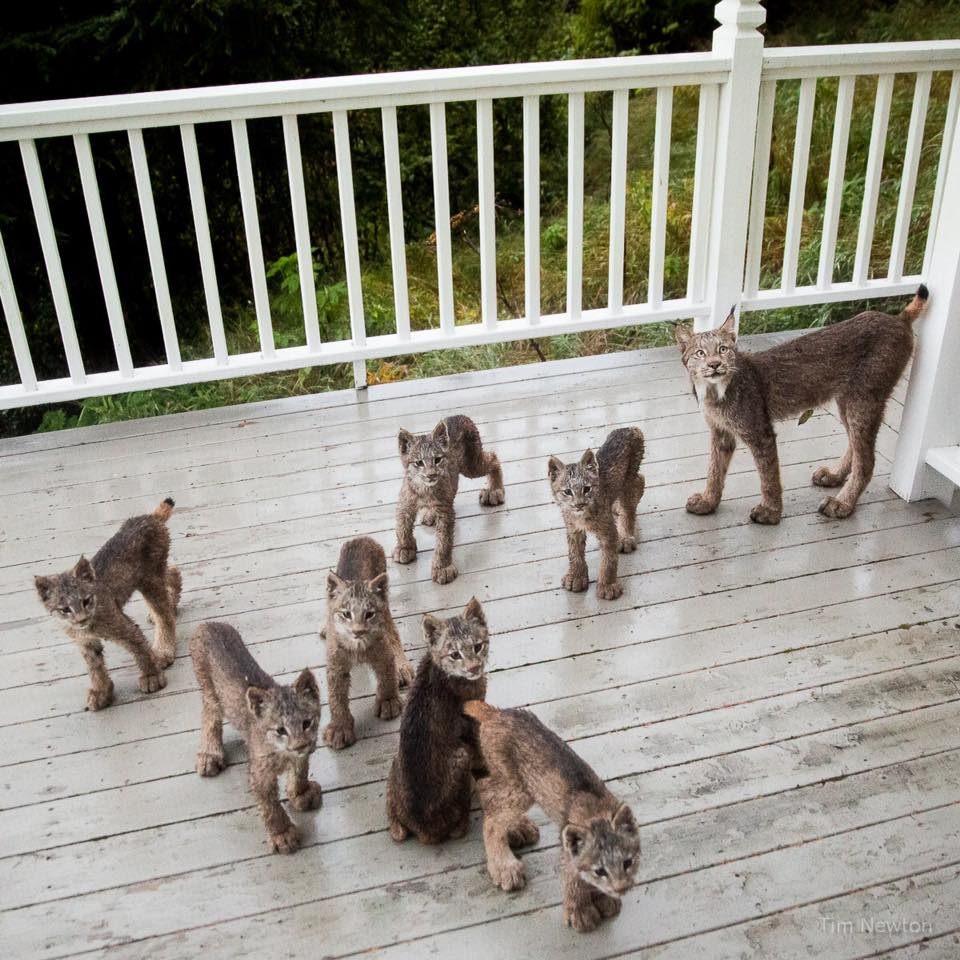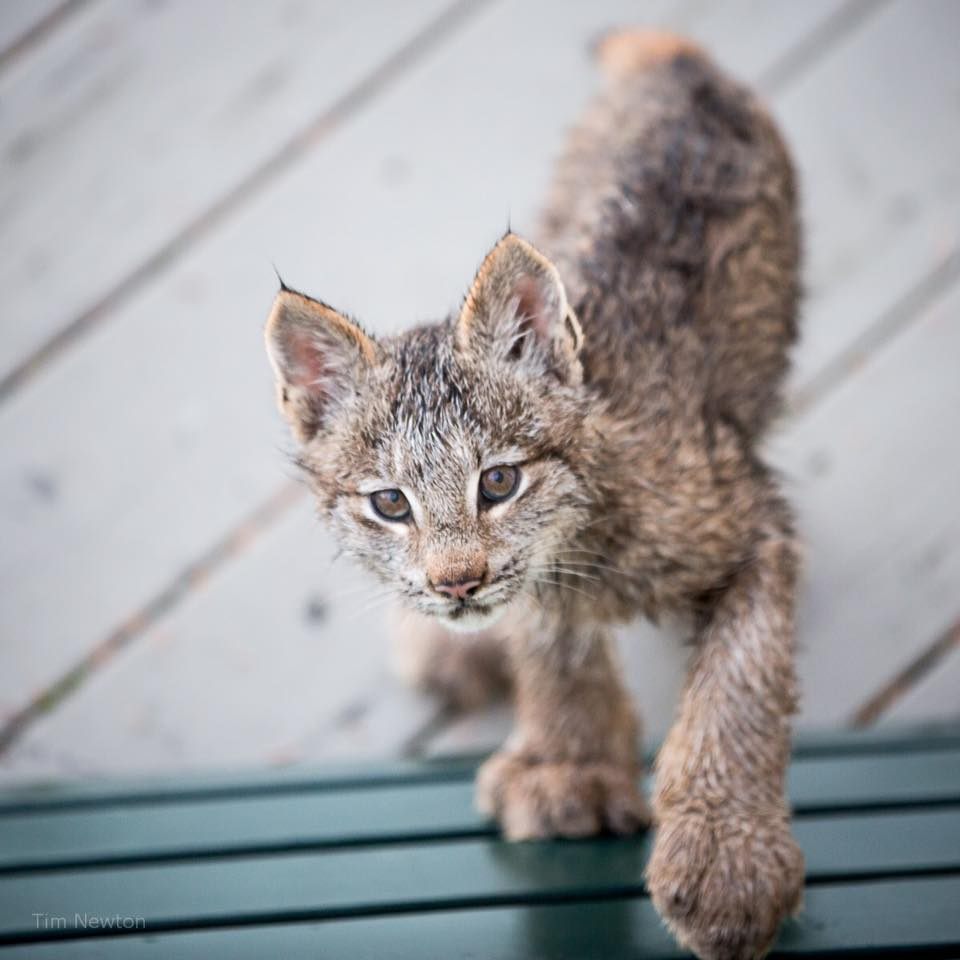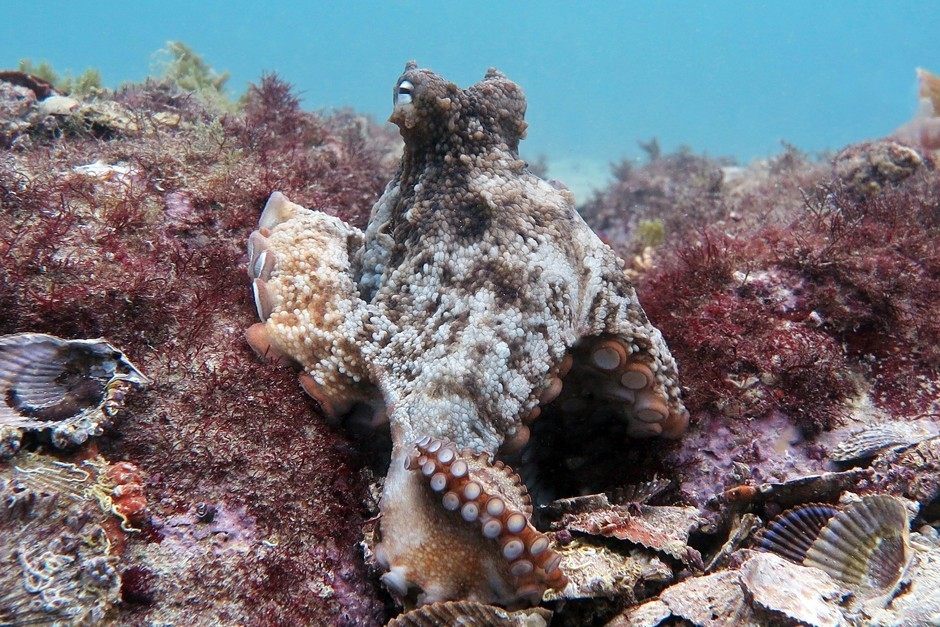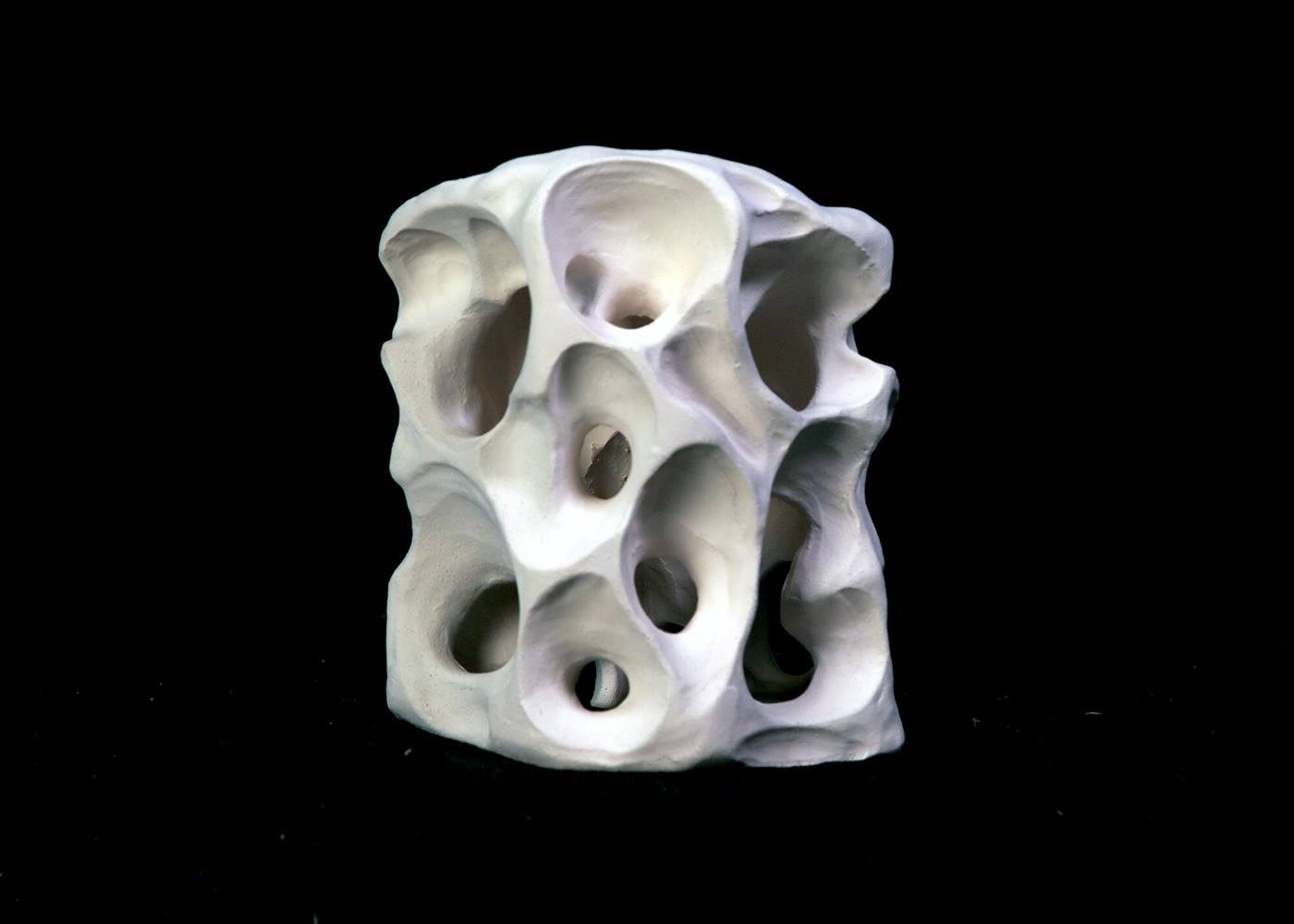The Year in Animal Accomplishments
Celebrating 10 of the greatest things creatures did in 2017.

The Twitter account We Rate Dogs does indeed rate dogs. The lowest rating it has ever given is 10 out of 10. The reasoning? They’re good dogs, Brent.
We think all animals are at least 10-out-of-10 good. But this year, some of them have been so good that they, and their accomplishments, deserve special recognition. Here are some stand-out achievements this year, from the animals that went the extra mile. It’s too hard to say which achievement is the best—how can a runaway emu compete with an underwater metropolis?—so these are in a random order. This year, everyone’s a winner.
A Kentucky Dog Won Her Fourth Election as Mayor
A big thank you to Hebron Chiropractic for letting me set up my photo booth to help raise some money for Boone County…
Posted by Mayor Brynn on Friday, May 19, 2017
Civic-minded Brynneth Pawltro is a three-year-old pit bull terrier. In June, she won Rabbit Hash, Kentucky’s interspecies municipal race to be elected mayor, beating out a cast of pretenders that included a cat, a chicken, and a donkey. Going into her fourth term, Brynneth clearly has the chops for the job. There are only 315 people living in Rabbit Hash, so her duties are mostly limited to posing for photographs, ushering in goodwill, and generally being an exemplary dog citizen. An accomplishment indeed.
A Lynx Family Raised Awareness About Lynxes Being Cute
Before late September 2017, how often did you think about lynxes, really? About their comically large paws (#nophotoshop), their tufty little ears, their fun-sized family packs? When was the last time you Googled “lynx family” just to get your medium-to-large wild cat fix? Not that recently, we bet.

Out in Alaska, whether she knew it or not, a mother lynx was out to raise that profile—and evoke a rare smile in a dark week in the world’s history in the process. Photographer Tim Newton, who runs the site Rugged Alaska, heard a fracas out on his deck, and went to see what the commotion was. In fact, it wasn’t one fracas but seven, kitted out with 14 lynx kitten eyes, seven lynx kitten noses, an uncountable number of lynx kitten whiskers and 28 comically outsized lynx kitten paws. And their mom, keeping close watch. As the kittens pawed his plants and looked wheedlingly up at him, Newton got snapping. The world said thanks.
Some Octopuses Built an Underwater City

They’re a moody lot, gloomy octopuses. They don’t play nicely with others, occasionally resort to cannibalism, and usually want to be left the heck alone. Or so we thought. Octlantis (its human name, we don’t know what the octopuses call it) is an octopus colony in Jervis Bay, off eastern Australia. It was discovered earlier this year by researchers from Alaska Pacific University. Using rocky outcroppings and piles of discarded clam and scallop shells, the octopuses had sculpted elaborate dens for themselves on the seafloor. Fifteen or so octopuses had made a home for themselves in this cephalopod city, changing what we thought we knew about the species, and how they socialize, in the process.
Oregonian Cows Revealed an Artistic Streak

A million monkeys typing for eternity might eventually produce the works of Shakespeare, but it takes just one cow, and one salt block, to make a highly original masterpiece. Human patrons put out 50-pound salt blocks for the cows, deer and horses of Baker City, Oregon, and then watched as the animals made magic with their tongues. For the past 11 years, the best works have been auctioned off to benefit Parkinson’s research, hauling in tens of thousands of dollars for charity. Different animals take different artistic tacks, said the Great Salt Lick Awards’ founder, Whit Deschner. “Goats and deer are more realist,” he says. “Cows are more impressionist. The horses aren’t artistic at all.”
A Wild Lioness Nursed a Weeks-Old Leopard Cub
It didn’t last, but it was beautiful while it did. A five-year-old lioness living in Tanzania’s Ngorongoro Conservation Area was spotted nursing a leopard cub. “This is a truly unique case,” Luke Hunter, a representative from wild cat conservation charity Panthera, said at the time. “I know of no other example of inter-species adoption or nursing like this among big cats in the wild.” The lioness, known locally as Nosikitok, had recently lost her own cubs. With her maternal instincts in overdrive, she took the little leopard in paw and treated it, briefly, as her own. In time, Nosikitok returned to her pride, and the leopard seemed to have disappeared. But the outlook may not necessarily have been bleak, Hunter said. “I hope that its mother was still in the area. Even after its brief encounter with the lioness, the cub would almost certainly be accepted back by its own mum.” Sometimes, fleeting wonders are the most extraordinary of all.
A Mexican Rescue Dog Saved More than 50 Human Lives
🐾🐾🐾🐾🐾#FuerzaMéxico | #TodosSomosFrida pic.twitter.com/7qQJzp3wvq
— Selección Nacional (@miseleccionmx) October 7, 2017
September earthquakes left parts of Mexico City in ruins, with 369 dead and buildings in rubble on the ground. But that total could well have been higher, if not for Frida the rescue dog. This seven-year-old Labrador was trained by the Mexican navy and has a “sixth sense” for finding humans, unlike any other dog they’ve seen before. In doggles (goggles for dogs, obviously), a vest, and boots, she found over 50 people trapped in rubble, likely saving their lives. In the process, she became a national hero, honored by the Mexican soccer team, and a symbol for the brave rescue team that helped those affected by the quakes.
A Rescue Cat Was Appointed Chief Mouser of a British Embassy
Following @diplomog’s lead - always steal the boss’s chair when you get the chance #seatofpower. Don’t think @EdwardOakden minded too much. pic.twitter.com/OlehOSeQPf
— Lawrence of Abdoun (@LawrenceDipCat) October 26, 2017
From rags to riches, from the streets to stardom, from an animal shelter to a high-flying job as a diplocat. Lawrence the cat, a black-and-white moggie with an appropriately imperial gaze, this year began a glamorous job at the British Embassy in Jordan. The assignment? Chief mouser, with a side hustle of keeping thousands of fans around the world abreast of his activities. “Like any overseas representative, I’ve been doing my bit for Britain,” he may or may not have said in a video on his Twitter profile. “I’ve not seen many mice yet, but constant vigilance is required to keep them in check.”
A Bunch of Bees Learned How to Score Goals With a Soccer Ball
We used to think bees were just whizzing stimulus-response boxes—tiny black-and-yellow robots with attractively fuzzy butts. Now, though, we know they can do all kinds of interesting, clever things, including having a concept of zero, experiencing emotion, tool use, and social learning. Early this year, researchers from Queen Mary University in London published a new paper in which they revealed they’d trained bumblebees to score goals in return for a sugar water reward. By watching a dupe plastic bee push a little ball into a hole, bees quickly learned how to do this highly impressive, if totally unnatural, task.
Some Fearless Rats Looked After Orphaned Kittens
At a cat café in Brooklyn, New York, two rats called Emile and Remy tended to an urgent situation. Some orphaned kittens needed a bath, and their mothers were no longer around to help them out. Kittens with health problems often have to be separated from other cats for the first eight weeks of their lives, in case they pass on diseases. Rats, however, provide good companionship and care, as well as playing a key role in helping kittens too young to look after themselves stay clean. “I know the rats we have often groom themselves and each other and it seems to be both a self-comfort and a friendship connection,” Anne Levin, the café’s director, told the Huffington Post. When they’re that small, there’s no risk to Remy and Emile—but owners keep a keen eye on proceedings, to prevent any kind of ratastrophe.
An Errant Emu Made a Break For Freedom Through the Snow

On a rare snow day in Tollesbury, England, Farange the emu glimpsed a sight of freedom too tempting to ignore. The Australian bird, who lives near a local church and is well-known in the village, broke out of his home and went careening through the streets of the village. Like a character from a children’s book, the mischievous emu hurtled through the streets before being trapped in a head lock in the local graveyard. Liberty may have been sweet, but it didn’t last—though Farange is to be saluted for a damn good effort.















Follow us on Twitter to get the latest on the world's hidden wonders.
Like us on Facebook to get the latest on the world's hidden wonders.
Follow us on Twitter Like us on Facebook